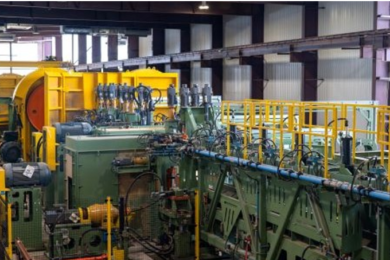The Center for Biological Diversity says one-third of America’s national forests are protected from road-building and other industrial development by the Roadless Area Conservation Rule — but now the administration is working state-by-state to open these treasured places to logging, mining and other development. “As it gets ready to head out the door, the Bush government seems intent on handing the keys to our national forests over to the timber and mining industries. “Currently at stake:
•Alaska’s Tongass National Forest, where the administration has proposed to increase logging in the world’s largest remaining temperate rainforest
•Idaho’s Greater Yellowstone Ecosystem, where the administration has announced plans to open the largest swath of wild forest in the Lower 48 to logging and mining
•Colorado’s Rocky Mountains, where the administration plans to open to development a majestic landscape with trout streams, rock-ribbed trails, and diverse wildlife that make it a world-class destination for outdoor recreation.
“The Roadless Area Conservation Rule currently protects these special places despite ongoing efforts by the Bush administration to undo it — stymied only because Americans stood tall and took action. Our national forests should be our gift to future generations, not a giveaway to corporate special interests. “In a triumph of special interests over public interest, the Roadless Area Conservation Rule, one of the most significant and popular conservation measures in U.S. history, was repealed by the Bush administration in May 2005. Issued in January 2001 following the most extensive public rulemaking in history, this landmark conservation initiative protected 58.5 million acres of wild roadless areas in our national forests from most commercial logging and road building. With more than one-half of America’s national forests already open to logging, mining, and drilling, the rule was intended to preserve the last third of undeveloped forests as a home for wildlife, a haven for recreation, and a heritage for future generations. The Roadless Area Conservation Rule was enacted following more than two decades of broad debate and three years of official review and public participation. It provided a national policy for national lands that was hailed for refocusing resources on maintaining roads while protecting wildlife habitat, clean air, and water quality. “The new roadless policy issued in 2005 left millions of acres of our last wild forests at risk from logging, mining, drilling, and other harmful activities. It replaces environmental protection with a voluntary process that allows governors to petition for protection of roadless areas in their states — or for more logging, mining, or drilling. In the end the policy does not ensure any type of federal protection for our heritage public lands. One justification of the administration’s repeal of the 2001 rule was that its fate was tied up in the courts. Defenders of the 2001 rule point out, however, that the administration has refused to defend it in court cases brought by the timber industry and its allies, breaking its promise to do so. Most conservationists were not surprised by the administration’s action. The repeal was consistent with a set of policy positions that favored resource-extracting interests through generous giveaways to corporations. The most egregious example, prior to repeal of the Roadless Rule in its entirety, was when the administration exempted the nation’s largest national forest, Alaska’s Tongass, from the Roadless Rule. As a result of the new rule, millions of acres of public forest are now at risk of being opened to development.”



